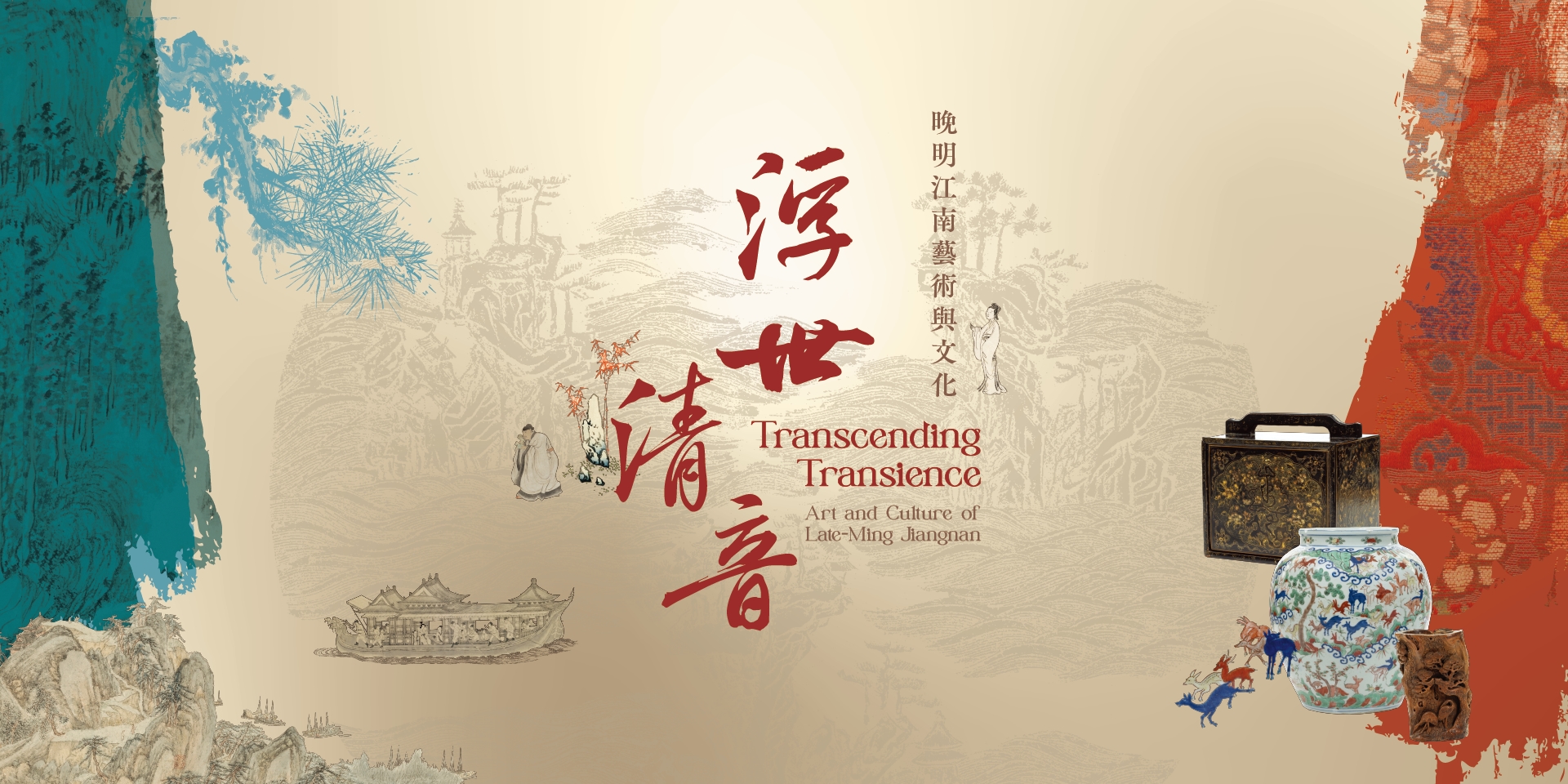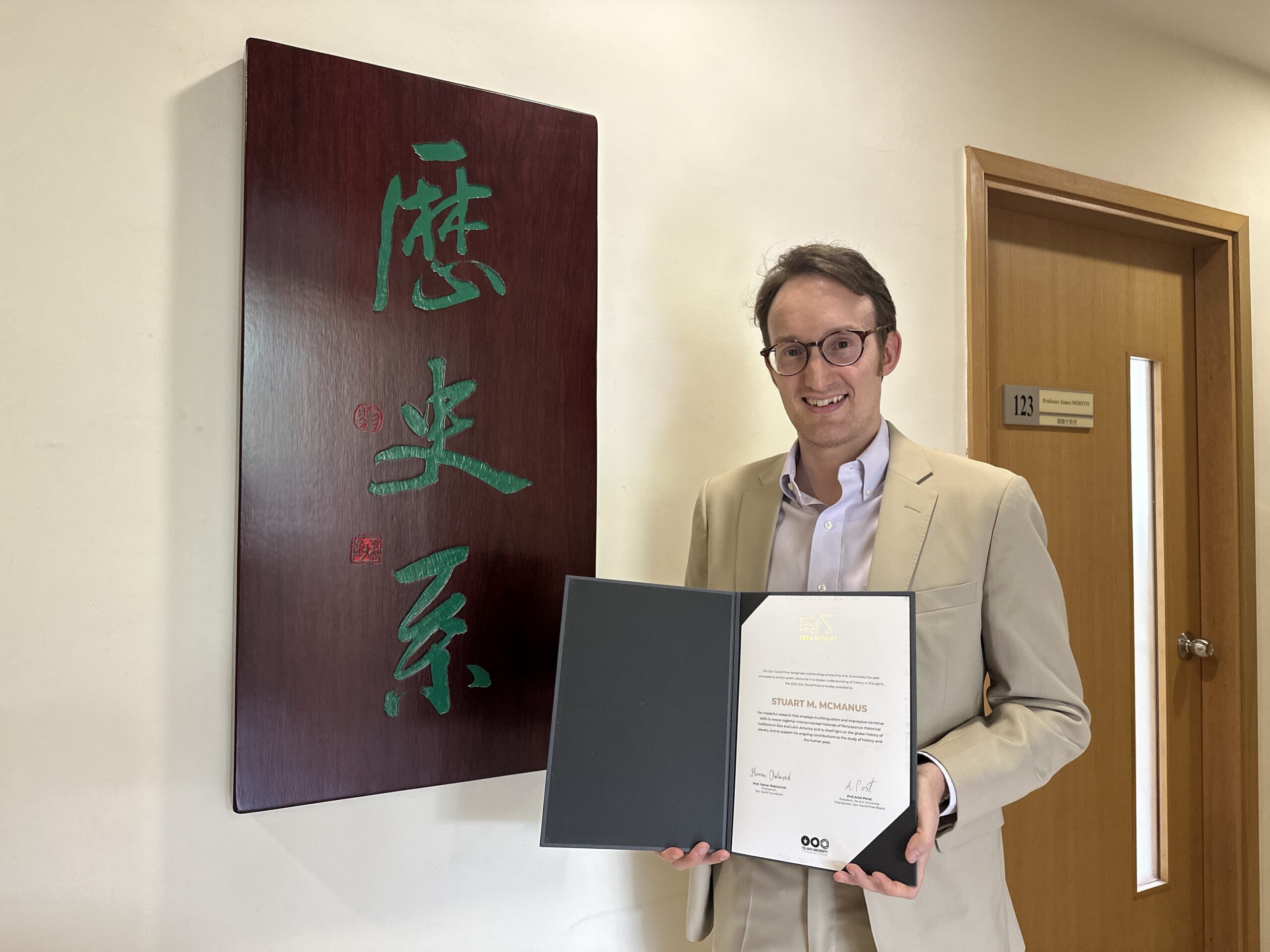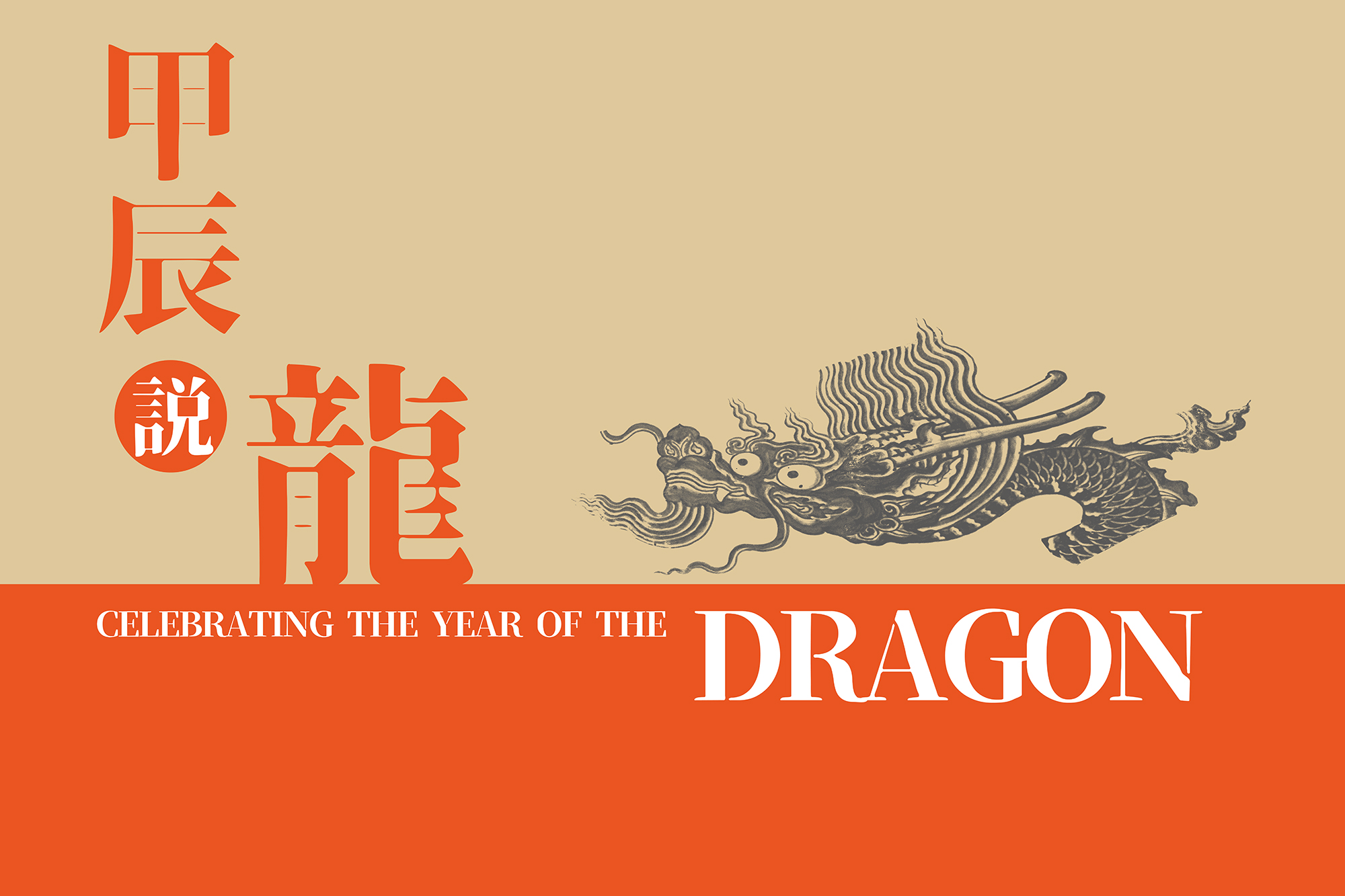English
繁體中文
简体中文

On the CUHK campus, housing over ten thousand students and staff, the cheerful voices of families strolling by Lake Ad Excellentiam, the quiet figures engrossed in the University’s extensive library collections, and art enthusiasts exploring the Art Museum collectively form a distinctive cultural ecosystem. Nestled amidst the hills, this hidden gem has recently undergone a transformation — after years of planning, the new wing, the Lo Kwee Seong Pavilion, has opened, along with the inaugural exhibition “Transcending Transience: Art and Culture of Late-Ming Jiangnan”. This not only marks a milestone in the Art Museum’s half-century journey but also embodies how CUHK, as an intellectual melting pot, bridges tradition and modernity across time and space.

Most of us think of the Renaissance as something that happened in Europe. Not so, says Professor Stuart M. McManus from CUHK’s Department of History. His work, which has scooped him the Dan David Prize, the world’s leading history award, represents a highly ambitious attempt to set the record straight, yoking together different regions and eras to understand how cultures influence and reflect each other across the globe.

Dragons are intimately intertwined with Chinese culture – so much so that we’re not even sure of these mythological creatures’ origins. Whether they be an offshoot of ancient religious worship, a composite of animals like alligators, snakes or something else, they have long fascinated scholars. As a recent CUHK exhibition demonstrated, ancient Chinese artefacts with dragon designs can profoundly illuminate socio-cultural attitudes of people across different times.